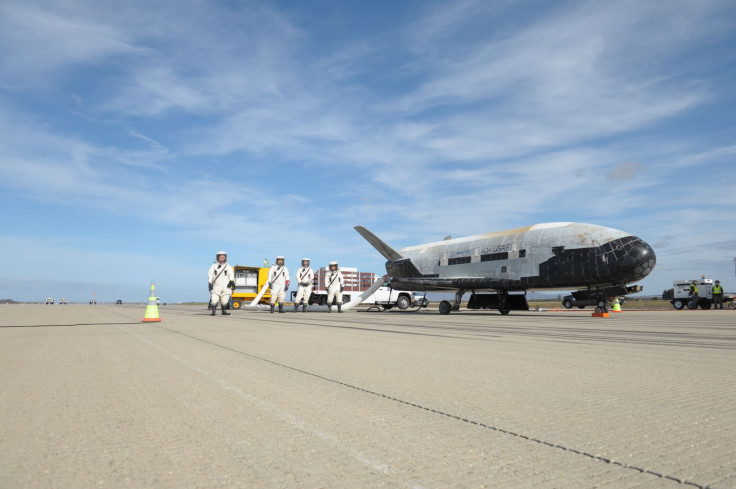Air Force's Mysterious X-37B Breaks Mission's Spaceflight Record

A drone plane created by the U.S. Air Force officially broke the previous mission's space flight time early Tuesday morning.
The secretive X-37B plane had been part of the Orbital Test Vehicle 5 (OTV-5) flight mission, which began on Sept. 7, 2017, when the X-37B was launched as part of the SpaceX Falcon 9 rocket. It has been in "active orbit" since conducting missions for the Air Force, which has remained largely classified to ensure success.
The unmanned, robotic plane officially passed 717 days, 20 hours and 42 minutes in flight, which was previously set during the OTV-4 flight.
The X-37B’s fact sheet describes the plane’s mission.
The X-37B Orbital Test Vehicle, or OTV, is an experimental test program to demonstrate technologies for a reliable, reusable, unmanned space test platform for the U.S. Air Force. The primary objectives of the X-37B are twofold; reusable spacecraft technologies for America’s future in space and operating experiments which can be returned to, and examined, on Earth.
With each flight mission launched, the X-37B has remained in orbit for longer periods of time as the Air Force looks to push its endurance. This has been the case since the OTV-2 staying in flight for 468 days, considerably longer than the OTV-1’s flight time of 224 days.
However, the robotic plane is nowhere close to the overall space duration record. Currently, NASA’s Curiosity rover has been exploring the surface of Mars for over seven years. Then there’s the twin Voyager probes, which are still going over 40 years after their launch.
© Copyright IBTimes 2025. All rights reserved.





















